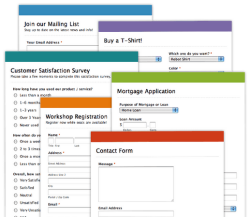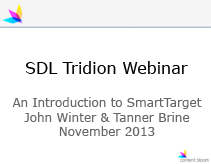 Now you might have heard that I love WebForms and advocate it everywhere I can (which isn’t necessarily true, but let’s say it is for the sake of argument). So why, you may ask, is Bart writing a provider to an online forms solution?
Now you might have heard that I love WebForms and advocate it everywhere I can (which isn’t necessarily true, but let’s say it is for the sake of argument). So why, you may ask, is Bart writing a provider to an online forms solution?
The answer is really quite simple – well that’s what product management said about the idea; because we recognise that our users are using many different tools to enable and facilitate their diverse content management needs and one of these is the ability to create simple online forms. That is why we built the ECL framework and why we continue to look for ways to improve our customer’s content management experience. Actually, the answer is even simpler than that: just because I can, and because I just love ECL and by now I love it more than WebForms.
 With the release of SDL Tridion 2013 SP1, we get a lot of new functionality. One of the interesting features I found was the ability to decommission a Publication Target. This feature is added to the Core Service, and currently not directly available from the UI. Which sounded like a good exercise to make a UI extension, with which you can call this new method.
With the release of SDL Tridion 2013 SP1, we get a lot of new functionality. One of the interesting features I found was the ability to decommission a Publication Target. This feature is added to the Core Service, and currently not directly available from the UI. Which sounded like a good exercise to make a UI extension, with which you can call this new method. December is the time to look back, and if you have been doing a sprint of 365 days, now is the time to start to think about the retrospective. That is exactly what the MVP Selection Panel is doing right now. To select the new MVP’s for the
December is the time to look back, and if you have been doing a sprint of 365 days, now is the time to start to think about the retrospective. That is exactly what the MVP Selection Panel is doing right now. To select the new MVP’s for the  Introduction
Introduction